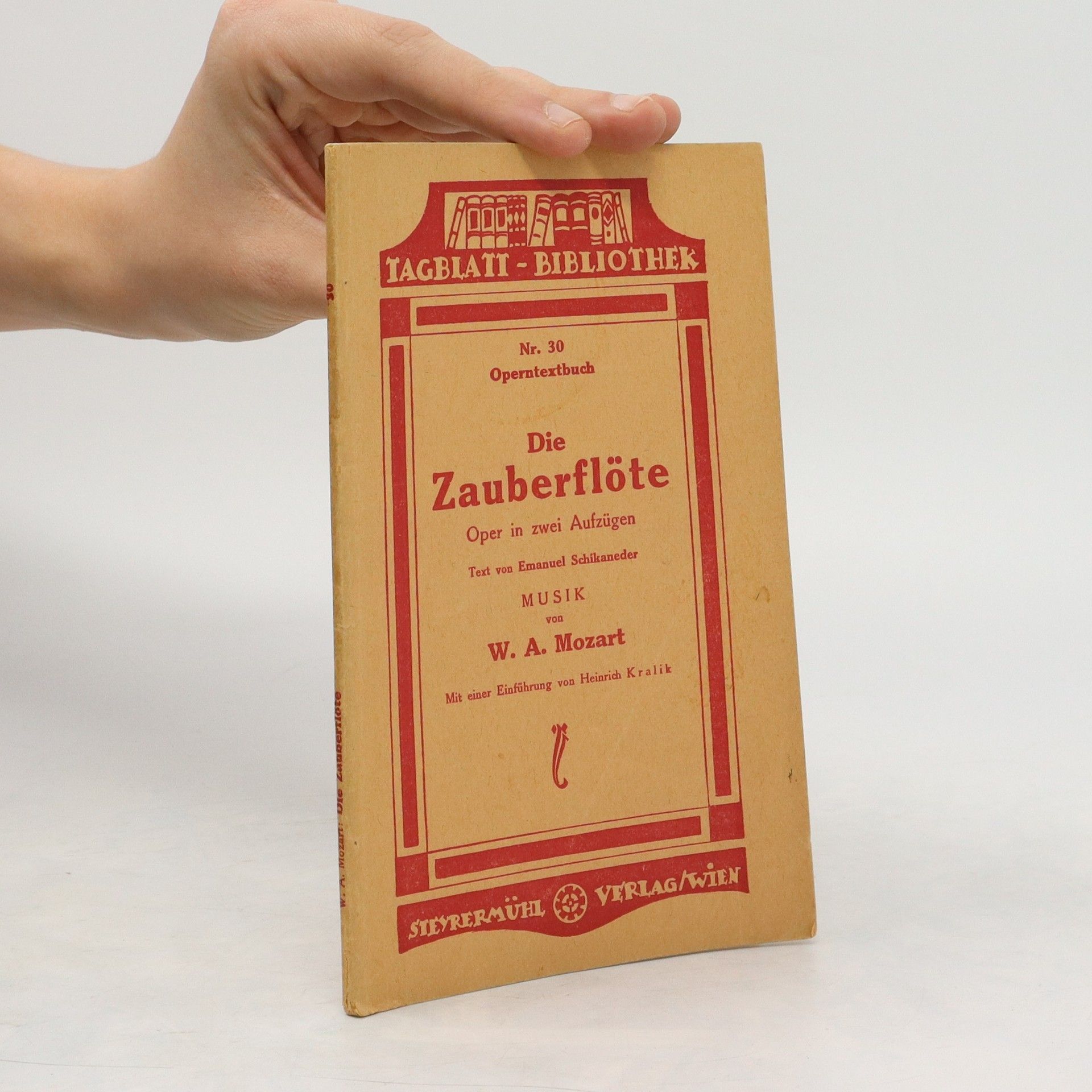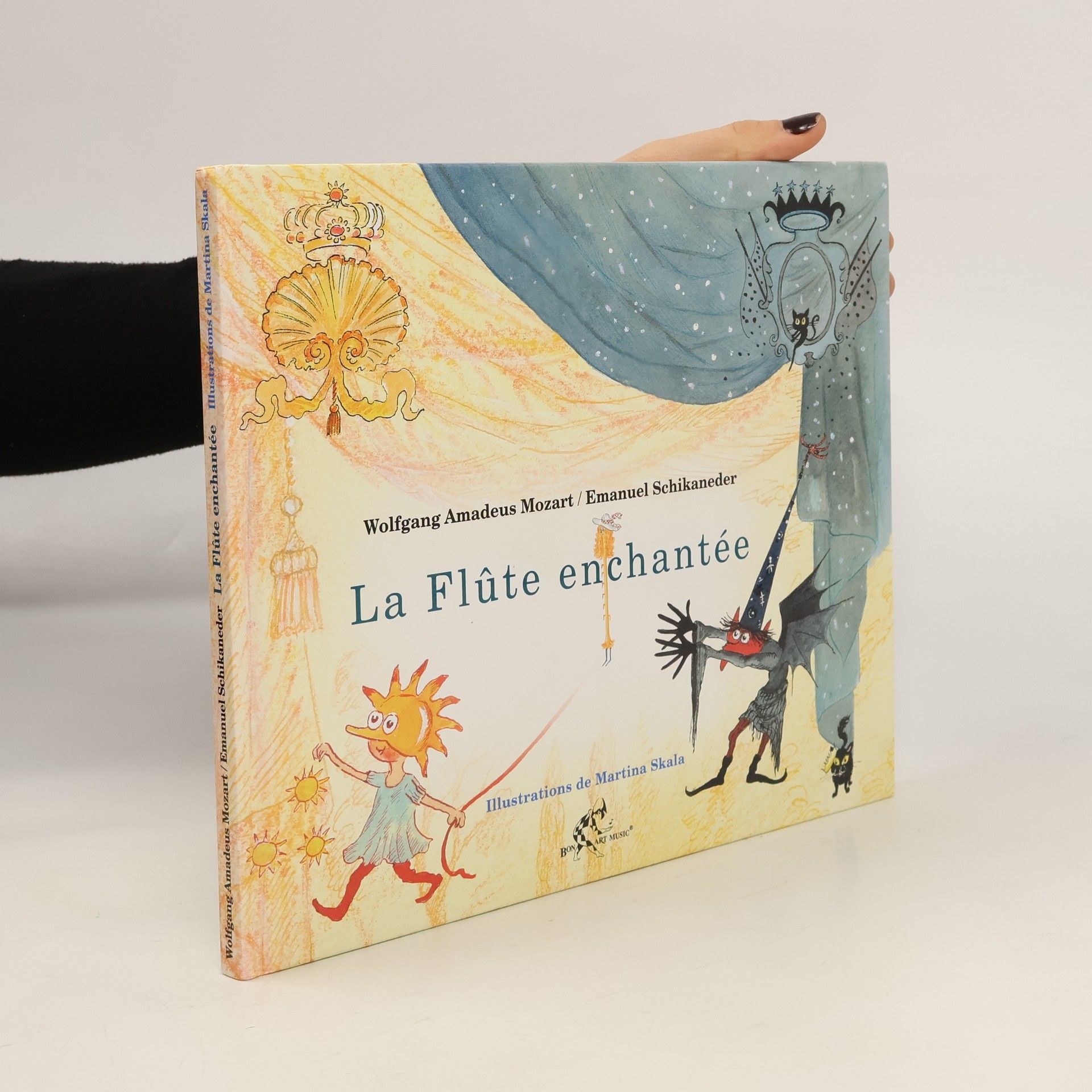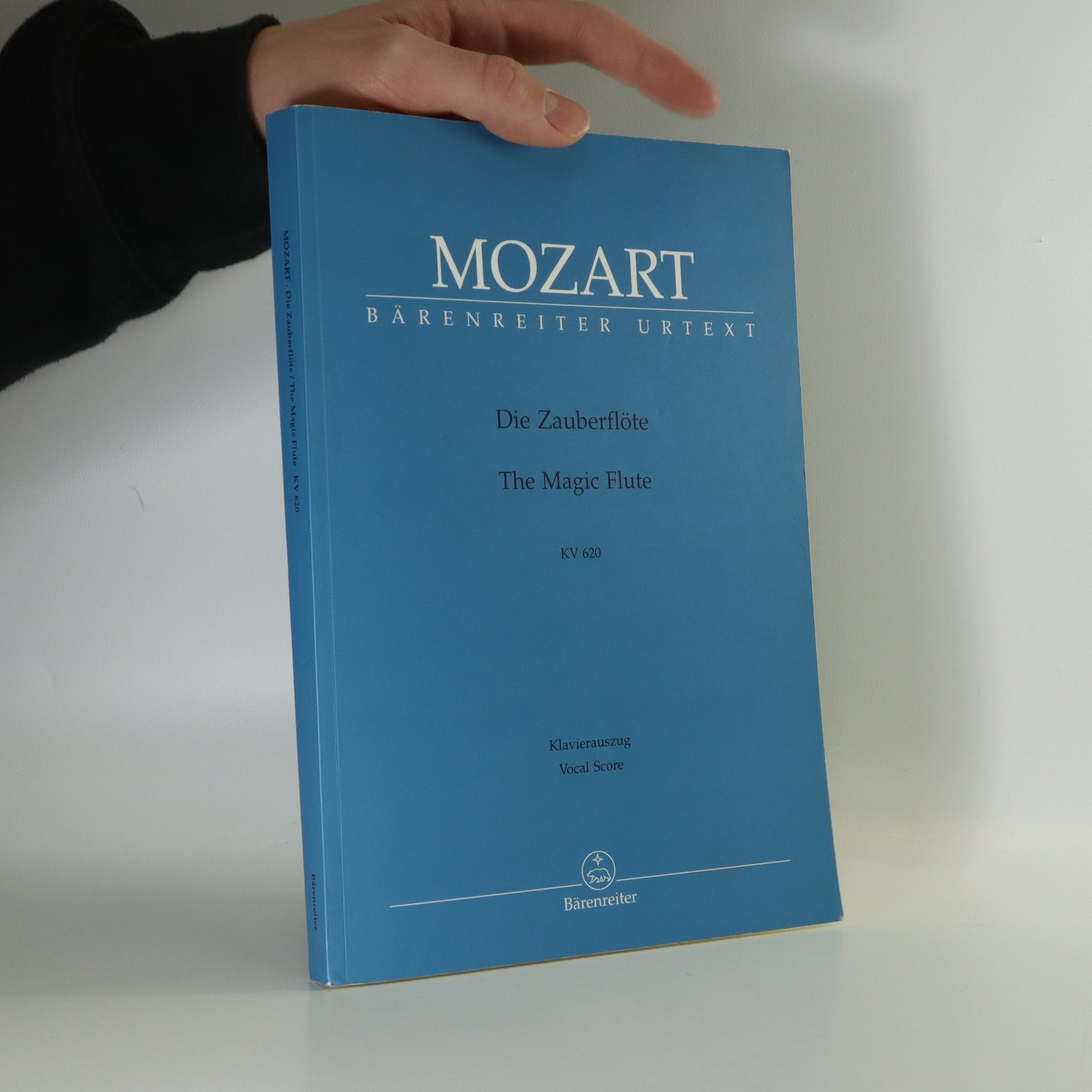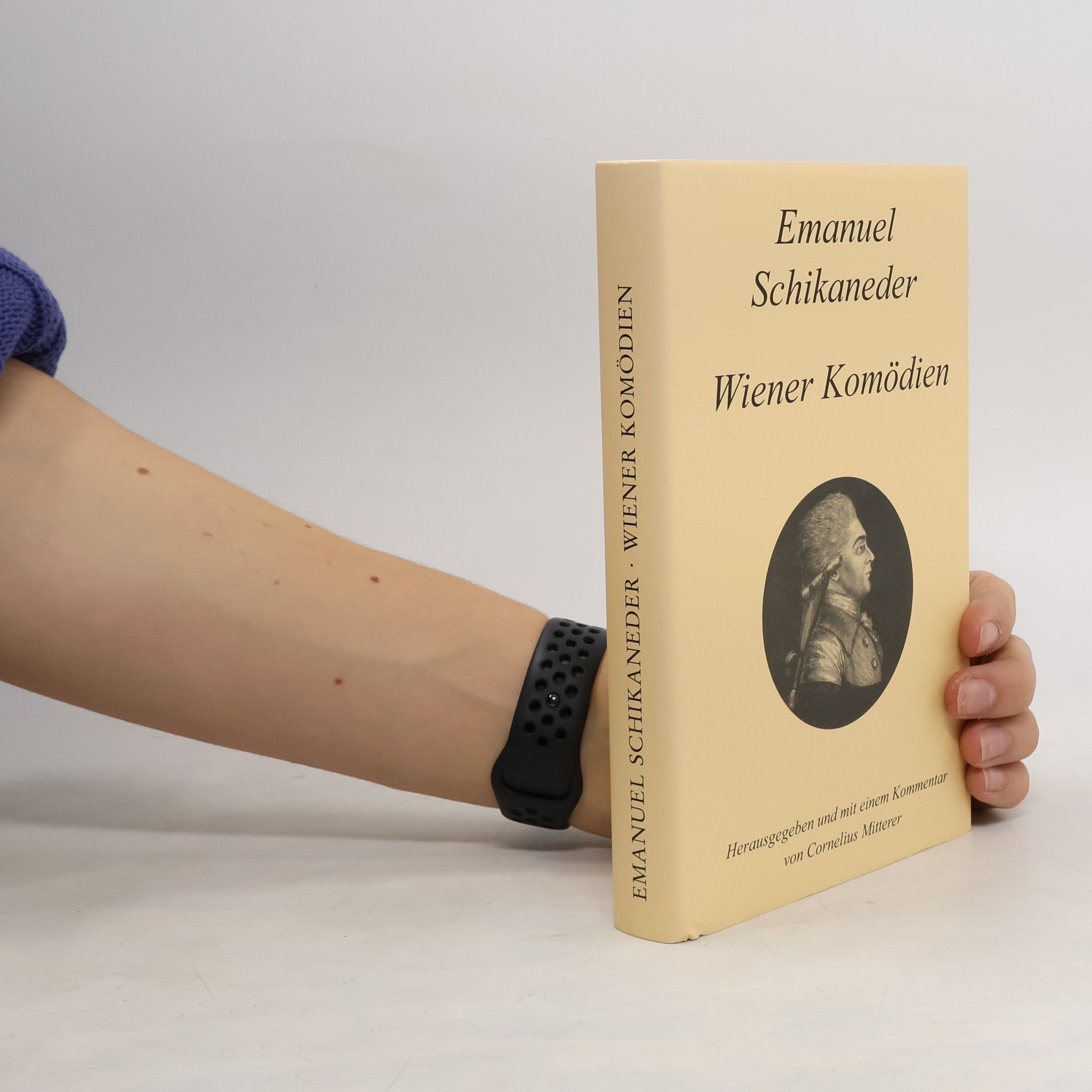Die Zauberflöte KV 620
The Magic Flute - Klavierauszug / Vocal Score
The Black Dog Opera Library is the most popular, informative, and budget-friendly way to enjoy the greatest operas of all time. Each book contains a history of the opera, a synopsis of the story, a complete libretto in its original language as well as in English, dozens of photos, and a world-class Angel/EMI recording of the entire opera on two CDs. It's a must-have for die-hard opera lovers as well as those in need of an introduction to the timeless art form.










